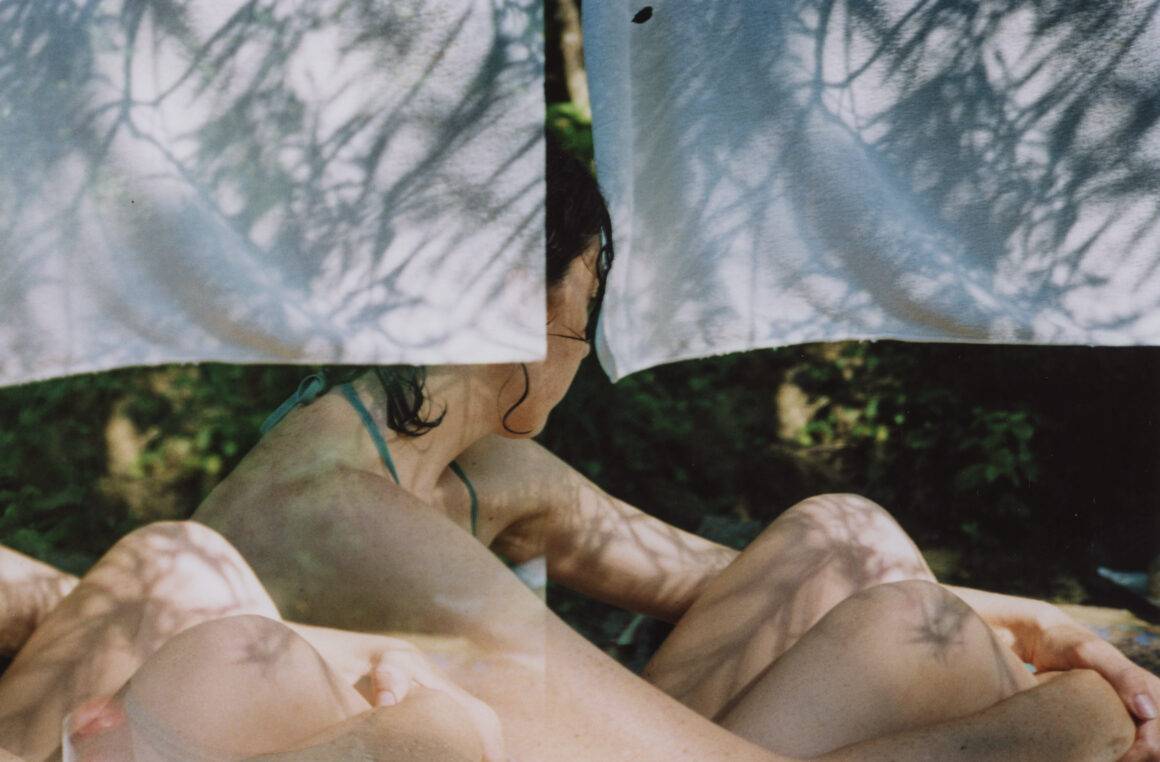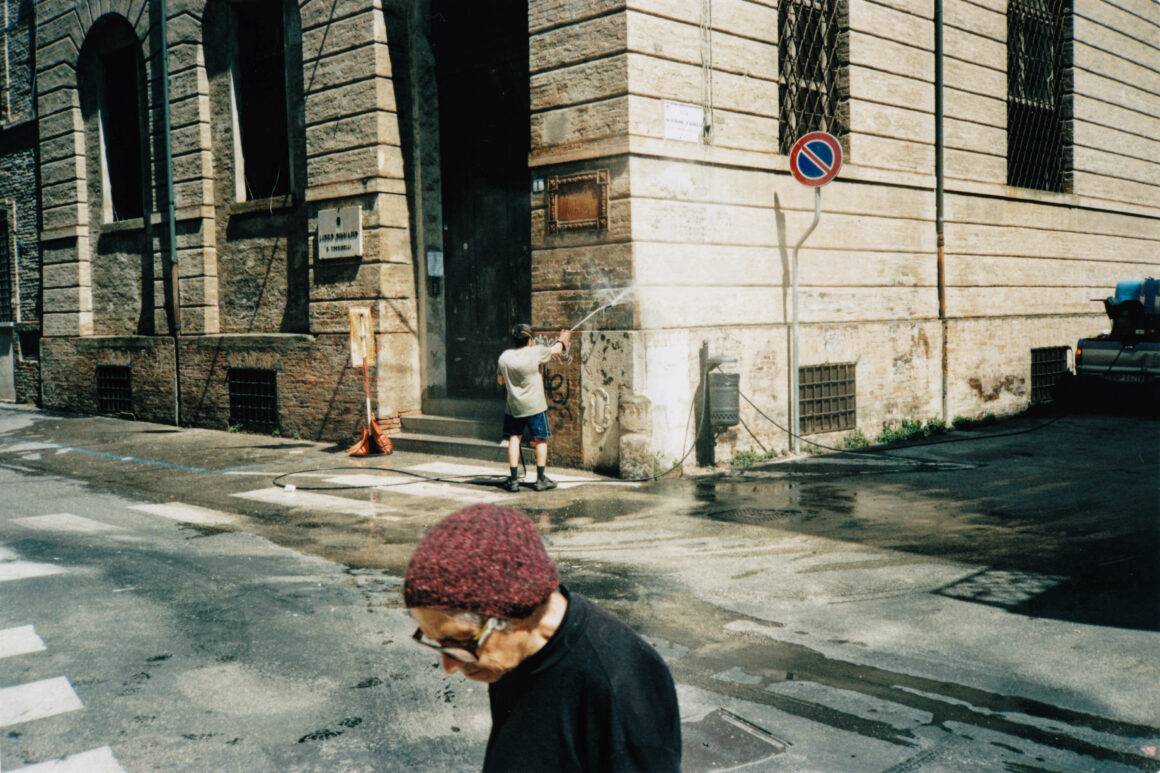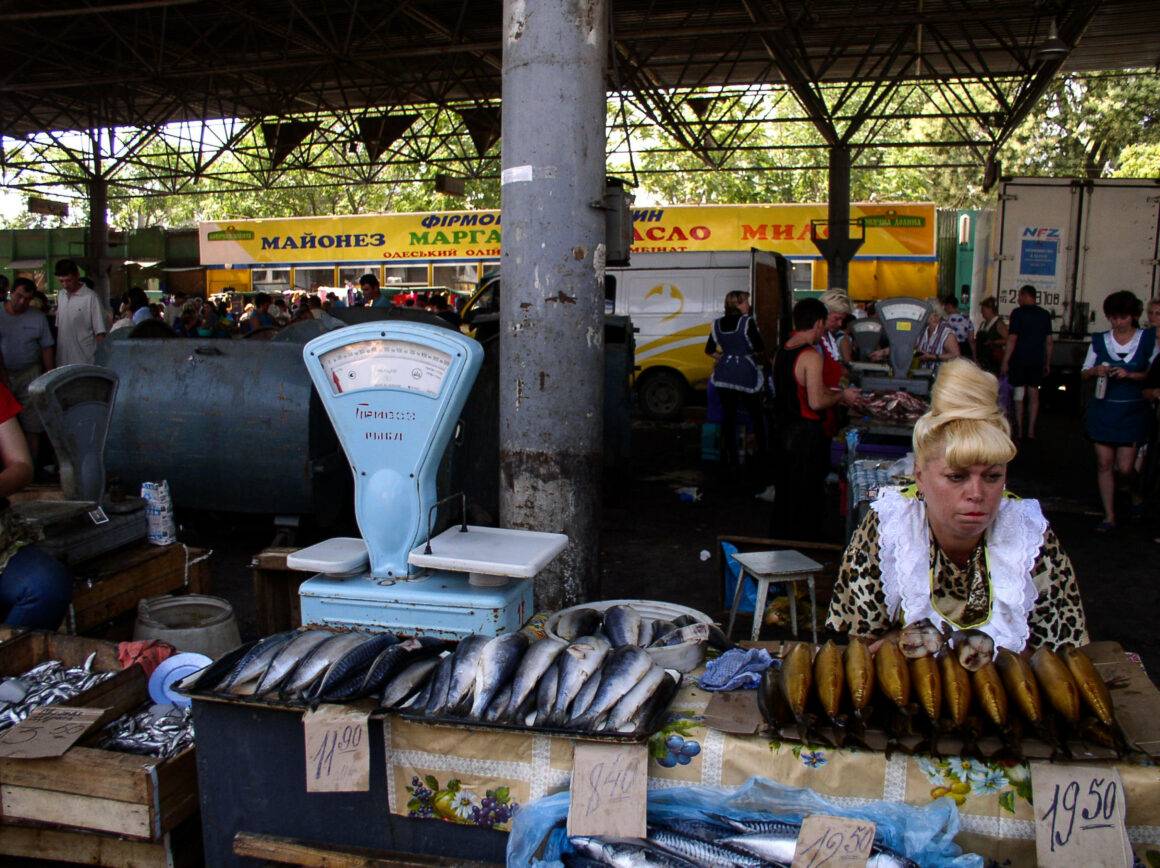Sitting down with IMAGO photographer Andrea Savorani Neri, The Game Magazine delves into the narrative of his illustrious career that has taken him through varied landscapes and cultural experiences. In this interview, sponsored by MPB, Andrea shares the lessons he's learned on his visual journey, shaping his unique perspective where environmental responsibility and artistic pursuit go hand in hand within the photography industry.

Visions of Sustainability: An Interview with Photographer Andrea Savorani Neri
This interview is sponsored by MPB, the largest platform to buy, trade and sell used camera and video gear.

By Camila Diaz & Fatemeh Roshan.
From his earliest memories, Andrea’s fascination with photography has been a defining aspect of his life. This journey began in his formative years, shaped by explorations with his grandfather. With a camera in their hands, he learned to see life through a lens, understanding that each photograph and video was more than just an image—it was a narrative in itself. This early realization sparked a lifelong passion: visual storytelling became his language, and he embraced the opportunity to turn this passion into a distinguished career.
Throughout his career, Andrea has been an astute observer of the evolution of photographic technology. “The biggest change we’ve witnessed in photography over the past few decades is the advent of an era where quantity and speed are the norms,” he reflects. This technological transformation, coupled with his extensive work as a journalist and photojournalist across diverse regions, has deepened his insight into the subjects he documents. Driven by environmental concerns, Andrea believes “the environmental issue is at the forefront, the central challenge of our era,” and views documentary photography as a crucial medium for highlighting these challenges.
Andrea extends his commitment beyond the narratives he creates in his quest to protect the environment. His philosophy is underpinned by a sustainable approach to his craft, prioritizing the use of high-quality second-hand equipment. He explains, “Looking back at my years as a photographer, I estimate that at least 50 percent of my equipment purchases were second-hand.” This decision reflects not just an economic choice but a conscious effort to reduce the environmental impact of his work. With his wealth of experience, Andrea offers sage advice to emerging photographers in this interview. He encourages them to be mindful of their environmental footprint and to consider the benefits of the second-hand equipment market.
The second-hand equipment market offers a fantastic opportunity to minimize investments for those starting out in the profession and, for any photographer, a chance to reduce their environmental footprint.

Andrea, you’ve worked in various regions as a journalist, photographer, and documentarian within the photography and videography industry. What initially attracted you to pursue this career?
My fascination with images, and especially photography, developed from an early age, long before I fully understood the world. My grandfather, Alessandro, a doctor with a passion for photography and video recording, influenced me greatly. Along with my father, Stefano, I grew up accustomed to visually recording everything around me. It was only later, as I focused more on language use, that I realized images could convey shared meanings and, more importantly, provide an extraordinary level of understanding of reality. This realization sparked my desire to make this practice a central part of my life. The first time I systematically took photographs for a professional purpose was over 20 years ago during a seven-month stay in Russia, where I captured images for an Italian publisher of travel books. Looking back, at that moment, when I traveled to different places in Western Russia and Ukraine, I think I linked curiosity, which is the primary driving force in life to the practice of photographic recording.

You have a strong focus on cultural and political issues. Why these specific subjects?
Your question allows me to highlight the diverse practices and purposes encompassed by ‘photography.’ The term ‘culture’ is similarly broad, yet it aptly describes how certain photographic approaches aim to deepen our understanding of social phenomena, human impact, and environmental effects. This aspect of photography, which includes capturing portraits or landscapes that reveal layers of reflection, resonates deeply with me. For instance, my years of research on nuclear energy showcase how human activities have broad social, environmental, territorial, economic, and political consequences.
Regarding your second point, photographing politics falls within the information industry’s use of photography. This area, Paris, where I mostly work, is especially engaging due to the city’s intersection of national and international issues. Following political events in France is not only stimulating but also ‘attractive,’ given the heightened interest from newspapers and media.

You began your career when photography was undergoing significant changes with the digital revolution. How do you think the field differs now compared to that time? Could you draw a comparison between the state of photography then and now?
The journey to Russia I previously mentioned marked my first experience using a digital camera. It was an Olympus C-2000, a compromise between my limited budget and the need to provide the publisher with photos without analog development and printing. Comparing the quality of digital cameras from that time to today is like discussing quantum physics with Pythagoras.
However, my connection with digital photography is complex. My mentors during my professional photography education, like Guido Guidi, Lewis Baltz, and Gerry Johansson, were all tied to the analog era and had no involvement with what’s commonly known as “photojournalism,” and even less so with digital photography.
To answer this question, it’s important to remember that photography can take many different forms. The key factor is the purpose behind a photographer’s work. For those in the field of information, it was quite clear that the analog era began its decline over two decades ago. This was a time when I was not yet regularly working for news agencies or in the world of information.
If we shift our focus to documentary photography, I believe that even the use of ‘anachronistic’ and ancient tools can absolutely be part of the language that each photographer chooses. This is because the goal here is not to achieve a higher level of image definition and detail, as you might find in advertising, but rather to build a unique stylistic mark, a personal ‘signature.’
In conclusion, I’d say the biggest change we’ve witnessed in photography over the past few decades is the advent of an era where quantity and speed are the norms. Today, a mirrorless camera can shoot 120 frames per second. In contrast, with a large-format camera, like the one I use for my long-term projects, you capture only one image on one film, and then you need to load a new film. This technical difference encapsulates the entire evolution of the photographic medium and has significant implications for how a photographic shot is conceived. As for me, I strive to think analogically even when, for obvious professional reasons, I’m using a digital camera.

The photography industry is continuously evolving. How can photographers stay relevant and adapt to changes in technology and media consumption?
The history of photography is deeply intertwined with the democratization and popularization of the medium: tools are becoming increasingly user-friendly and accessible to everyone. Today, we’ve reached a peak in this process. Almost everyone carries in their pocket a device capable of producing technically impeccable images, where ‘impeccable’ essentially means correct focus and exposure. However, the market for professional equipment is extremely expensive and thus only accessible to those backed by a company willing to invest in an individual photographer. Yet, whether you’re an amateur or a professional, one rule remains common: anyone can take an exceptional photo at least once. The difference between a professional and an amateur lies in the ability to master technical aspects, mold them to one’s vision, and develop a recognizable consistency over time. My advice is to stay as informed as possible about the latest market innovations, which evolve much faster than the actual needs of photographers. Focus in your daily work on a thorough understanding of the tools at your disposal so you can utilize them to their fullest potential.
In your opinion, what are the essential pieces of equipment that every beginner photographer should have?
For those diving into the world of photography, the first step is to grasp a few fundamental technical concepts: light sensitivity, shutter speed, aperture, and depth of field — essentially, the ABCs of photography. I had the fortune of dealing with these concepts when I was about ten years old, thanks to my father’s Leica M3, a magnificent device. But today, you can find good 35mm cameras for just a few tens of euros, which are perfect for getting acquainted with photography. However, for those who’d rather not deal with the complexities (and costs) of film development and printing, any camera that allows fully manual operation is a great choice. I would also recommend trying out twin-lens reflex cameras (like a Rolleiflex or Yashica) at least a few times. Taking photos by observing the live image on a focusing glass is an especially effective way to learn how to formally compose a picture.
How do you think photographers can take part in environmental protection practices?
Just like anyone else, by embracing the key principle of ‘sobriety.’ I strive to stay true to what I mentioned earlier: in an era where the sheer volume of images and the speed of their production are overwhelming, it’s incredibly easy for photographers to fall into the trap of excessive accumulation. This tendency to collect, store, and accumulate images, essentially saying ‘I collect, therefore I exist,’ is intrinsic to photography. However, the digital age risks pushing this to an extreme. While boxes of negatives and analog prints take up physical space, eventually forcing most people to rationalize and limit their collections, the practice of accumulating hard drives filled with millions of images, many destined to be forgotten, is an uncontrolled habit with a significant environmental impact. Therefore, my advice is to be ruthless in selecting your images and keep only what is essential.

Given your extensive experience, how do you believe documentary photography can contribute to environmental protection efforts?
It might sound odd coming from a photojournalist, but I don’t believe that the act of photographic documentation or information dissemination, in and of themselves, can change reality in the short term. It’s a rare occurrence. However, documentary photography, like journalism, fundamentally relies on two things: the ethical integrity of the photographer capturing the image and the value system of the journalist disseminating the information. In this regard, what really makes a difference is the human element — the attitude of those in the image and information professions, how they interact with the world and others, and how they individually and personally engage with the major challenges of our times. And the environmental issue is at the forefront, the central challenge of our era. So, I believe that documentary photography should primarily serve as a testament to the people who create it. A prime example of this kind of enlightening work and testimony is that of American photographer Robert Adams. In essence, what documentary photography can do is strive to provide an exemplary viewpoint over the long term.
Some beginners might be concerned about the quality and reliability of used equipment when considering purchases from platforms like MPB, which specializes in buying and selling used cameras and gear. What is your opinion on this, and what recommendations would you give them when choosing equipment?
At the risk of sounding repetitive, I’ll use the word ‘sobriety’ again. The second-hand equipment market offers a fantastic opportunity to minimize investments for those starting out in the profession and, for any photographer, a chance to reduce their environmental footprint. Looking back at my years as a photographer, I estimate that at least 50 percent of my equipment purchases were second-hand. My golden rule is to seek out exceptionally high-quality equipment at a reduced cost because it’s been used or superseded by newer models.
However, it’s important to note that the shift from analog to digital marked a significant change: a quality analog camera can last a lifetime. Among the cameras I regularly use are Rolleiflex, Leica, and Pentax models from the 1960s and 1970s, older than myself. They can usually be repaired easily, provided that parts are available. The situation is different for digital cameras: a digital sensor has a limited lifespan, and a heavily used digital camera will eventually reach its limit and cannot be repaired. So, if you’re buying a used analog camera, test every exposure speed to ensure the shutter works correctly. If you’re buying a used digital camera, check the shot count first. My final piece of advice is about lenses: they endure and tear far less than camera bodies, and if they are of good quality, they can be extremely expensive but also incredibly durable. It’s better to invest in a quality lens that will last and that you can continue to use, even when you need to change cameras.
Would you like to add something?
If I may offer one last piece of advice to those passionate about photography: often, especially for young people filled with enthusiasm but little experience, the pursuit of originality at any cost can seem incredibly tempting. However, I’d like to emphasize that in photography, as in any field where one tries to formalize their interpretation of reality, embracing tradition is crucial. No one starts out as an expert, and initially, following in the footsteps of others is the only way to develop your own language.
Everyone has their preferences: personally, I have always been drawn to the origins of documentary photography, from Timothy H. O’Sullivan to Eugene Atget, and the rich tradition that follows, particularly in the U.S. but also in Europe, notably in Italy and Germany. In essence, don’t be afraid to emulate the greats. With enough perseverance and time, you might just find your own unique voice.
Buy, Sell, and Trade Used Camera and Video Gear with MPB
MPB is a digital platform for buying and selling used photography and videography gear, catering to all levels of enthusiasts, from beginners to professionals. This platform enables users to trade equipment with ease, ensuring fair pricing for each item based on its brand, model, condition, and current market trends while helping to visualize a more sustainable future.
Interested in getting started? Visit their platform for more details and start your own journey!





